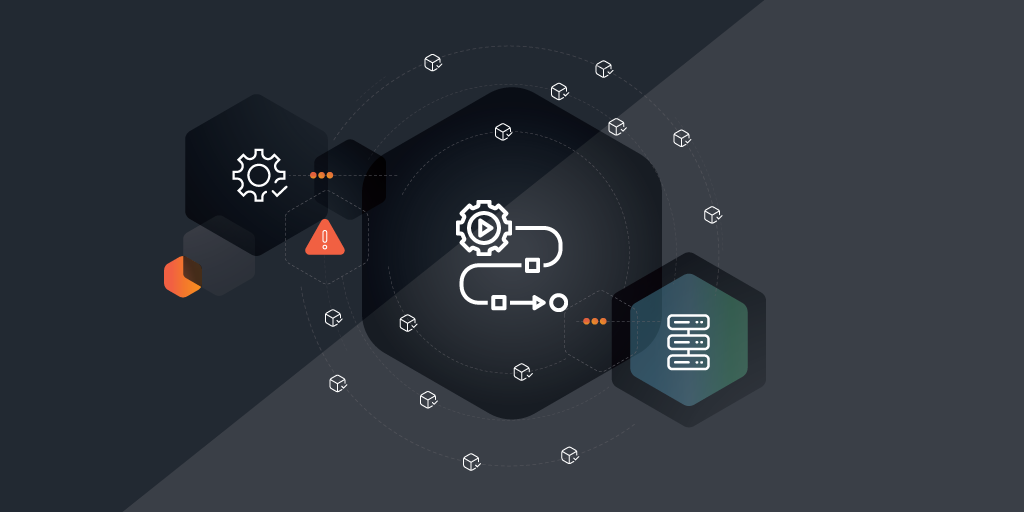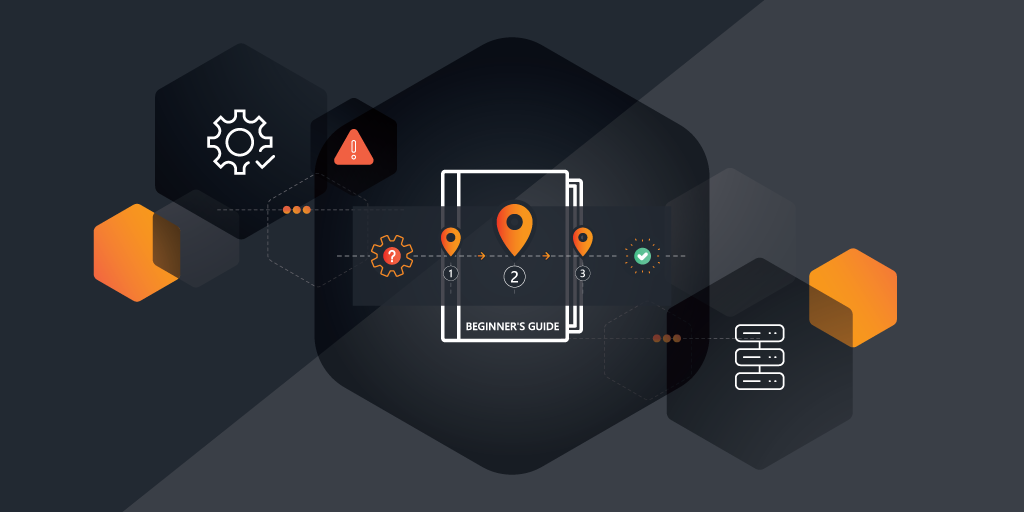
Take a proactive approach to cybersecurity with CMMC compliance.
What is the Cybersecurity Maturity Model Certification (CMMC)?
The Cybersecurity Maturity Model Certification (CMMC) applies to organizations within the United States defense industrial base (DIB) that handle sensitive government information or participate in Department of Defense (DoD) contracts. This includes a wide range of contractors, subcontractors, suppliers, and vendors involved in providing goods and services to the DoD.
Compliance with CMMC requirements is mandatory for organizations seeking to bid on or renew DoD contracts, making it essential for entities within the DIB to adhere to the specified cybersecurity standards and achieve the necessary certification level.
Does CMMC compliance only apply to DoD contract bidders?
While Cybersecurity Maturity Model Certification (CMMC) is primarily mandated for organizations within the United States defense industrial base (DIB) participating in Department of Defense (DoD) contracts, other organizations outside the DIB may also benefit from seeking certification.
For organizations outside the DIB, obtaining CMMC certification can serve as a proactive measure to enhance their cybersecurity posture and demonstrate a commitment to robust security practices. This can be particularly relevant for companies that interact with sensitive data, whether it’s proprietary information, customer data, or intellectual property. By aligning with CMMC standards, these organizations can strengthen their resilience against cyber threats, improve their credibility among customers and partners, and potentially expand their business opportunities by demonstrating adherence to recognized cybersecurity frameworks.
What does the CMMC framework entail?
The CMMC framework encompasses a comprehensive set of cybersecurity standards and practices tailored to the United States defense industrial base (DIB). It delineates five certification levels, each representing a progression in cybersecurity maturity, from basic cyber hygiene to advanced capabilities. The framework outlines specific security controls and practices that organizations must implement to achieve certification at their desired level. Additionally, the CMMC framework includes guidelines for assessing and certifying organizations’ cybersecurity posture, ensuring compliance with Department of Defense (DoD) requirements for safeguarding sensitive information and assets.
What are the 5 CMMC certification levels?
The Cybersecurity Maturity Model Certification (CMMC) framework comprises five certification levels, each representing a different tier of cybersecurity maturity and capability:
Level 1: Basic Cyber Hygiene – Focuses on safeguarding Federal Contract Information (FCI) and implementing basic cybersecurity practices to protect sensitive data.
Level 2: Intermediate Cyber Hygiene – Builds upon Level 1 requirements by introducing additional security controls to protect Controlled Unclassified Information (CUI) and enhance cybersecurity posture.
Level 3: Good Cyber Hygiene – Establishes a robust cybersecurity foundation by implementing a comprehensive set of security controls to protect CUI and support the protection of more sensitive information.
Level 4: Proactive – Enhances cybersecurity capabilities further by implementing advanced security practices to protect CUI and reduce the risk of advanced persistent threats (APTs).
Level 5: Advanced/Progressive – Represents the highest level of cybersecurity maturity, incorporating highly sophisticated security practices to protect CUI and defend against the most advanced cyber threats.
Each certification level builds upon the requirements of the preceding level, with higher levels demanding more stringent security controls and practices. Organizations must achieve the certification level that aligns with the sensitivity of the information they handle and the requirements of their DoD contracts.
Which steps should you take to obtain CMMC?
As cybersecurity threats continue to evolve and regulatory requirements become more stringent across industries, obtaining CMMC certification can position your organization ahead of the curve in terms of compliance and risk management. It provides a structured approach to assessing and enhancing cybersecurity practices, which can be valuable for your organization when looking to mitigate risks, protect assets, and uphold data privacy standards.
To obtain Cybersecurity Maturity Model Certification (CMMC), organizations within the United States defense industrial base (DIB) must follow a structured process outlined by the Department of Defense (DoD).
Here’s a general overview of the steps involved in obtaining CMMC:
1. Assess your current cybersecurity posture: Begin by assessing your organization’s current cybersecurity practices against the requirements outlined in the CMMC framework. This may involve conducting a self-assessment or engaging with a third-party assessor.
2. Identify the level of certification required: Determine the specific CMMC level required for your organization based on the type of DoD contracts you intend to pursue. CMMC levels range from Level 1 (basic cyber hygiene) to Level 5 (advanced cybersecurity practices).
3. Implement necessary security controls: Implement the cybersecurity controls and practices specified in the CMMC framework to meet the requirements of your target certification level. This may involve deploying security technologies, establishing policies and procedures, and training personnel.
4. Engage with an accredited CMMC assessor: Once you believe your organization meets the necessary requirements for certification, engage with an accredited CMMC assessor to conduct a formal assessment. CMMC assessments are performed by certified third-party assessment organizations (C3PAOs).
5. Undergo the assessment process: The CMMC assessment process involves a thorough evaluation of your organization’s cybersecurity practices, policies, and controls to verify compliance with the selected certification level. The assessment may include interviews, document reviews, and technical evaluations.
6. Address any findings or non-conformities: If any deficiencies or non-conformities are identified during the assessment, work to address them promptly to achieve compliance with CMMC requirements.
7. Receive certification: Upon successful completion of the assessment and remediation process, your organization will receive Cybersecurity Maturity Model Certification (CMMC) at the appropriate level. This certification demonstrates your organization’s commitment to cybersecurity best practices and qualifies you to bid on DoD contracts requiring CMMC compliance.
It’s essential to stay informed about updates to the CMMC framework and engage with accredited assessors and consultants who can provide guidance throughout the certification process. Additionally, ongoing maintenance and continuous improvement of your organization’s cybersecurity practices are crucial to maintaining CMMC certification over time.
How can Lansweeper help my organization achieve CMMC compliance?
Simply put, you can’t protect what you can’t see. As mentioned in Lansweeper’s blog post on CMMC Compliance, Lansweeper’s IT asset discovery platform discovers and identifies all network-connected devices, including IT, OT and IoT. The platform’s advanced Asset Radar and Credential-free Device Recognition (CDR) technologies detect assets the moment they come online, eliminating blind spots and providing access to granular information such as hardware and software specifications, user details, and more.
Within 35 minutes of downloading the Lansweeper application, DoD supply chain, and DIB contractors and subcontractors are on their way to achieving conformity and compliance in the following CMMC practices, and potentially others:
CMMC Asset Management: Lansweeper provides real-time, up-to-date, comprehensive view of hardware assets connected to an organization’s network.
CMMC Configuration and Change Management: Lansweeper captures information system characteristics critical to meeting CMMC maturity Level 3 requirements, including OS, installed software, vulnerable software, installed security patches and more.
CMMC Audit & Accountability and System Integrity: Lansweeper delivers dashboards and reports that can be customized and updated continuously to provide DIB contractors and subcontractors metrics such as missing security patches and current vulnerabilities.
The importance of CMMC cannot be overstated in today’s digital landscape, where cyber threats continue to evolve in sophistication and frequency. As adversaries increasingly target critical infrastructure and sensitive data, the need for stringent cybersecurity measures is paramount. CMMC serves as a proactive measure to mitigate cyber risks, not only within the defense sector but also across interconnected industries that rely on secure information exchange.
Furthermore, CMMC certification instills a culture of continuous improvement within organizations, prompting them to continually assess and enhance their cybersecurity capabilities. This proactive approach not only strengthens defenses against cyber threats but also fosters resilience in the face of emerging challenges. Ultimately, CMMC certification empowers organizations to safeguard their assets, maintain regulatory compliance, and thrive in an increasingly digital world fraught with cybersecurity risks.


